
Vibrant Environment
Governance And Rule Of Law
All | Biodiversity | Climate Change and Sustainability | Environmental Justice | Governance and Rule of Law | Land Use and Natural Resources | Oceans and Coasts | Pollution Control

States are continuing to make significant commitments to reduce greenhouse gas (GHG) emissions. Though the federal government is looking to roll back federal GHG reduction programs, states have a long history of taking the lead to design policies that meet their citizens’ environmental, health, and economic objectives and often look to build upon other states’ successes.
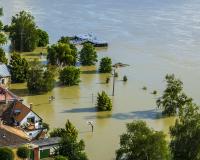
The current flooding disasters in the Midwest, as well as the flooding consequences of Hurricanes Michael, Harvey, Irma, and Maria, have damaged thousands of U.S. homes and businesses over the last decade. The National Flood Insurance Program (NFIP), enacted by Congress in 1968, aims to minimize the risk of flood damage as well as reduce flood-related disaster recovery costs. This federally backed program provides insurance to property owners and renters, establishes building and land use requirements and floodplain management practices for local communities to qualify, and maps flood-risk areas to inform development decisions and insurance premiums. But the NFIP assumes that flood risks are static and change little over time, and the effects of climate change are challenging this assumption.

It was a half century ago that the federal government for the first time went to court “to close down a plant for polluting the air.” The quote is from the February 8, 1969, edition of the New York Times. The facility at issue was a chicken rendering plant in Bishop, Maryland, whose emissions were wafting into neighboring Delaware, thus allowing newly installed Attorney General John Mitchell — who would go on to play a major role in the Watergate scandal — to initiate the history-making suit.
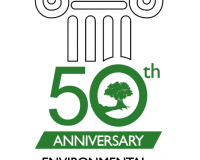
Not to dwell on the past, but I have been struck of late reading obituaries of certain leading figures in environmental law by a recurrent theme, which is essentially captured by the following quote: “This was an old-school environmentalist, when Republicans and Democrats all agreed the environment should be protected.”
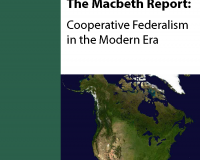
In the Summer of 2017, ELI undertook a special project in memory of our dear departed colleague Angus Macbeth. We did so with support, encouragement, and input from across the ELI community and the American College of Environmental Lawyers, and in cooperation with the Environmental Council of States. Angus was the friend of many, but was also one of the great leaders in environmental law, a former president of the college, and a long-time supporter of ELI.
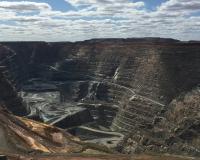
As the global community faces the reality that a rapid reduction in greenhouse gas (GHG) emissions is urgently required, a new class of climate change litigation is emerging. But what impact are these proceedings having?
A recent case from New South Wales (NSW), Australia, has directly challenged development that is at odds with GHG emission reduction targets. Hailed as a “landmark decision” in climate litigation, the case represents the first time an Australian court has refused a coal mining development consent not only on the basis of unacceptable “planning, visual and social impacts,” but also to prevent a new source of GHG emissions.

Last month, the Trump Administration formally ended talks with California over the federal government’s plans to freeze vehicle emissions standards and likely revoke the state’s long-standing authority to set its own standards under the Clean Air Act (CAA). The success of California in mitigating air pollution and reducing greenhouse gas (GHG) emissions under CAA §209—and that of the 15 states that have invoked waivers under §177—is now in question. And the Administration’s plan to end negotiations and move forward with its proposed Safer Affordable Fuel-Efficient Vehicles rule will most certainly lead to a heated, lengthy court battle.

In the early 1970s, I told my stepfather, a distinguished judge on the Maryland Court of Appeals, that I wanted to go to law school to study environmental law. He thought that was a silly idea. There wasn’t—and wouldn’t be—a separate field of environmental law. If I wanted to study administrative law with an emphasis on environmental applications, fine. But I was deluding myself to think there would be a new domain of law defined by the environmental issues of the day.

Interested in learning from leading scholars, policymakers, and practitioners about innovative policy proposals related to federal energy leasing, state preemption of local environmental initiatives, or free trade and enforcement of environmental laws? If so, you’ll want to attend the 12th annual Environmental Law and Policy Annual Review (ELPAR) conference on March 29, 2019, in Washington, D.C. The conference is free, and for those of you outside the D.C. area, it will also be available via webinar.
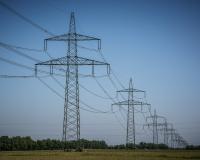
On January 29, 2019, PG&E, the largest utility company in California, filed for Chapter 11 bankruptcy. The announcement comes after a spate of wildfires in California have been linked to the company’s equipment and hardware—including a PG&E-operated transmission tower that investigators suggest may have sparked the deadly Camp Fire in Northern California. While the corporation struggles to maintain its public integrity amidst financial reorganization and internal reshuffling, energy consumers and producers alike have been left with an uncertain future.